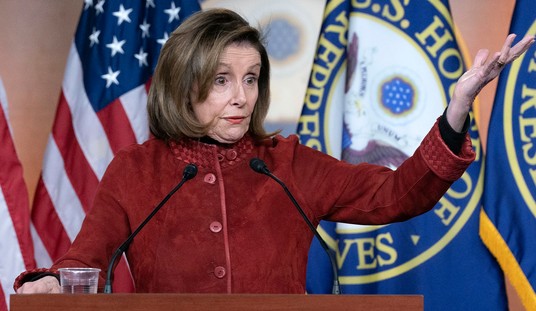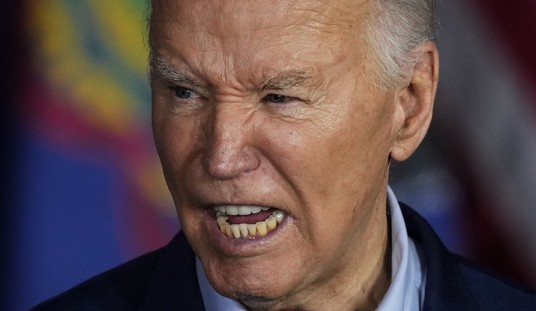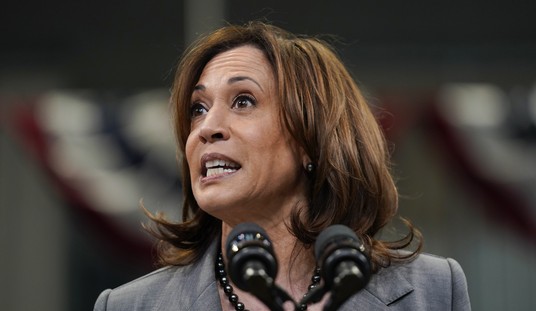
This week, despite months of strong opposition from conservative and free-market advocates, the Senate Finance Committee unveiled their drug pricing plan containing multiple provisions allowing for still more government interference into our healthcare system.
Beyond being disappointing, these policies are dangerous, as they will immediately reduce innovation without addressing costs – all while putting our system on the slippery slope towards even more government control of our healthcare system.
Let’s look at the facts.
The Senate Finance Bill, introduced by Chuck Grassley of Iowa Ron Wyden of Oregon, includes a provision which requires the U.S. Department of Health and Human Services to impose a “Civil Monetary Penalty” on drug manufacturers whose prices rise above the Consumer Price Index, or the rate of inflation. This “penalty” will be a new tax on the industry.
On its face, this sounds harmless. No one wants prices to rise.
But, put differently: this is a tax which amounts to a price control.
This is a blunt, misguided and ultimately damaging requirement which uses arbitrary benchmarks to impose what amount to price caps into our healthcare system.
Importantly, this tax does nothing to address the cost of drugs at the pharmacy counter.
Worse, price controls, such as a threshold tied to the rate of inflation, have a chilling effect on any industry. Price controls create an imbalance in what private companies expend on research and development and what they can recoup on that investment. This disparity then results in a reduction in research and development to find a new equilibrium below the government imposed cap.
In healthcare, that means fewer cures or longer delays in bringing new medicines to market.
We need look no further than Europe for clear evidence of this effect playing out. According to Milken Institute data on the global, pharmaceutical industry, “During the 1970s, the four largest European countries were responsible for 55 percent of NCEs [new chemical entities] produced by major nations. But over the decade from 2001 to 2010, the U.S. share jumped to 57 percent.”
What happened? Europeans adopted government price controls and other, Socialist policies. The result has been reduced innovation from our European counterparts and increased innovation from the U.S. market.
The same report found that in 1990 “the United States accounted for 38 percent of the total biopharmaceutical R&D spending of leading nations. However, by 2004, the U.S. share was 55 percent of biopharmaceutical R&D spending.”
These increases are also mirrored in other metrics, such as venture capital invested in new cures. In 2007 U.S. investment accounted for 68.3 percent of total venture capital investment in the life sciences among OECD nations.
The results are startlingly clear: when governments interfere in or control healthcare, markets react accordingly and reduce innovation. This means fewer new cures for patients and, in human terms, that is a result we cannot accept.
Conservatives have been consistent in calling for free-market policies which will bring transparency and competition into our healthcare system. That is the way to bring down prices.
U.S. Secretary of Health and Human Services Alex Azar has explained that the Trump Administration has three goals for its healthcare agenda as “changing health care financing, improving value and boosting public health.”
Imposing penalties based on the rate of inflation does nothing to achieve these goals. It does nothing to improve value and, due to its chilling effect on innovation, will be detrimental to public health. It does not help patients and it does nothing to address the real drivers of cost in our healthcare system.
Given these facts, let’s hope principled Conservatives stand up for the free-market and stop this further injection of Socialism into our healthcare system.














Join the conversation as a VIP Member